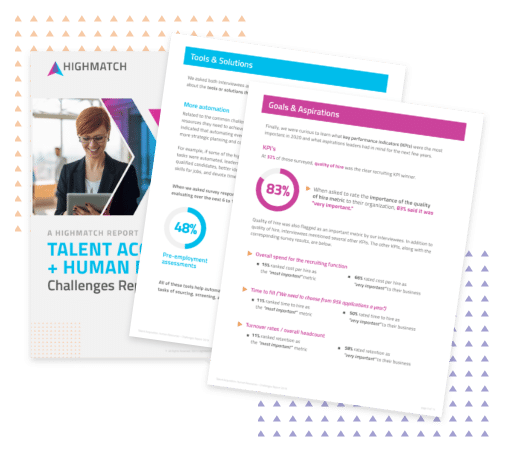Your current recruiting and performance assessment strategies may no longer apply.
In the workplace of the future leaders will have to be more innovative and agile to survive.
With the rapid pace of change, having deep industry knowledge about what worked in the past won’t be enough to chart a course for the company’s future. Instead, this next generation of leaders will have to rely on their instinct and have the confidence to take calculated risks to address challenges and opportunities as they arise.
A recent report from Deloitte shows leaders in the future will need greater digital know-how and advanced management capability, along with creativity, entrepreneurship and complex problem-solving. They will also need to be intuitive and engaging, eager to empower employee and invest in building relationships across the company that bolster productivity and shorten the time to market.
Crafting your ‘workplace of the future’ employee development plan.
To accommodate the evolving skills and experiences that employees and leaders will need to succeed in the future, companies should already be crafting their ‘workplace of the future’ employee development plan. That includes creating a hiring and training roadmap for leaders across the organization and defining actionable recruiting plans that will create a bench of talent who are ready to tackle the evolving challenges and opportunities that lie ahead.
To do that they need to:
- Redefine what high performers look like. Deloitte’s Future of Work report encourages HR leaders to clearly define the difference between essential human skills, such as creative and ethical thinking, and nonessential tasks, “which can be managed by machines.” Understanding which skills will differentiate high and low performers can ensure training and development resources generate the best results.
- Redefine who is put on a fast-track to leadership. Most companies rely on profiles of past leaders to identify their successors, but the leaders of the future will need a very different skill set, which makes this method obsolete. Instead, companies may want to base their high-performer assessments on more current leader profiles or identify mid-tier managers who demonstrate agility and problem-solving abilities and use them as a framework to shape future promotion decisions.
- Rebuild job profiles to reflect future goals. Job profiles are often the foundation of a company’s hiring strategy, so it is important that they emphasize traits that will be needed in the future of work, including assertiveness, emotional intelligence, problem-solving and adaptability. Having up to date profiles that focus on how these roles are evolving, will guide recruiters to the best talent.
- Identify assignments to foster new skills sets. The stretch assignment is the hallmark of good leadership development. To better prepare rising leaders for the future, look for opportunities that will force them to challenge their decision-making and leadership skills in uncertain environments. Whether that involves running an innovation project or leading a new team, the more chances they have to test their creative thinking skills, the better prepared they will be to lead.
- Redefine performance review criteria. Whether a company still does annual reviews or provides quarterly, monthly, real-time feedback, both managers and employees need to know what traits and behaviors they will be judging. Providing managers with training on how to identify and encourage the right behavior, and communicating with employees about which skills, including adaptability and problem-solving, are important, will better position the business for the future.
The workplace is rapidly evolving. Companies need to start adapting their recruiting and promotion programs today to be ready for the future. Defining the skills and attributes your company will need to succeed in the future and adopting tools to identify candidates with those traits is the first step to building a more resilient and adaptable workforce.





